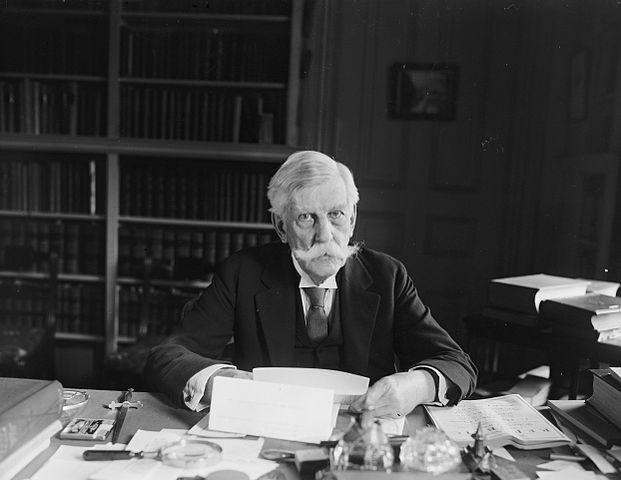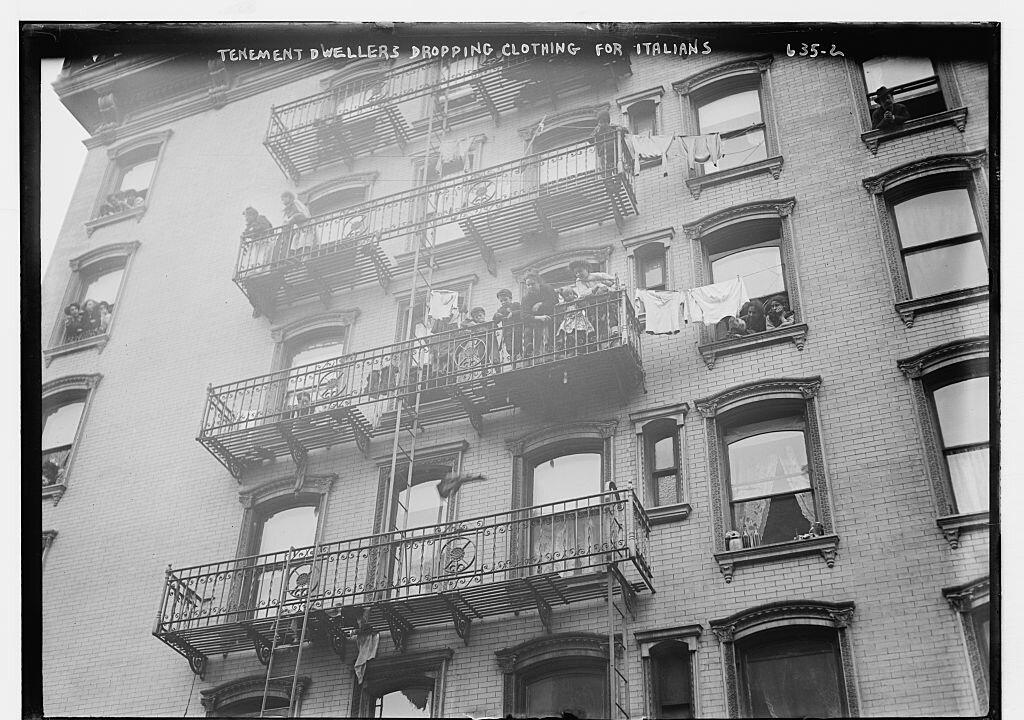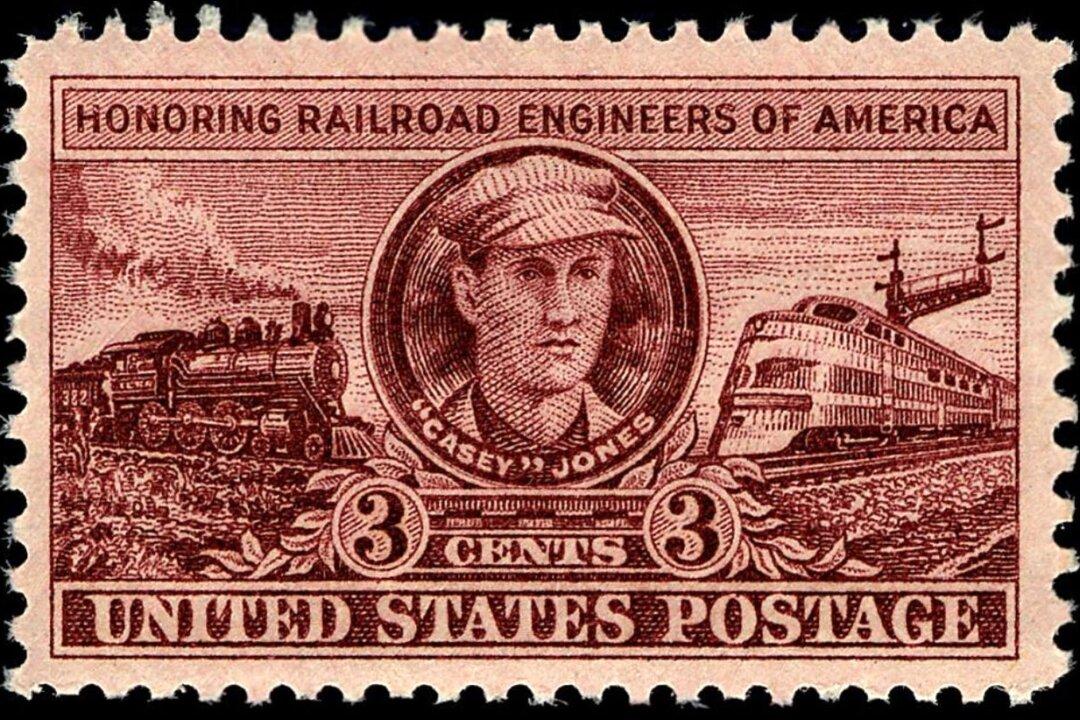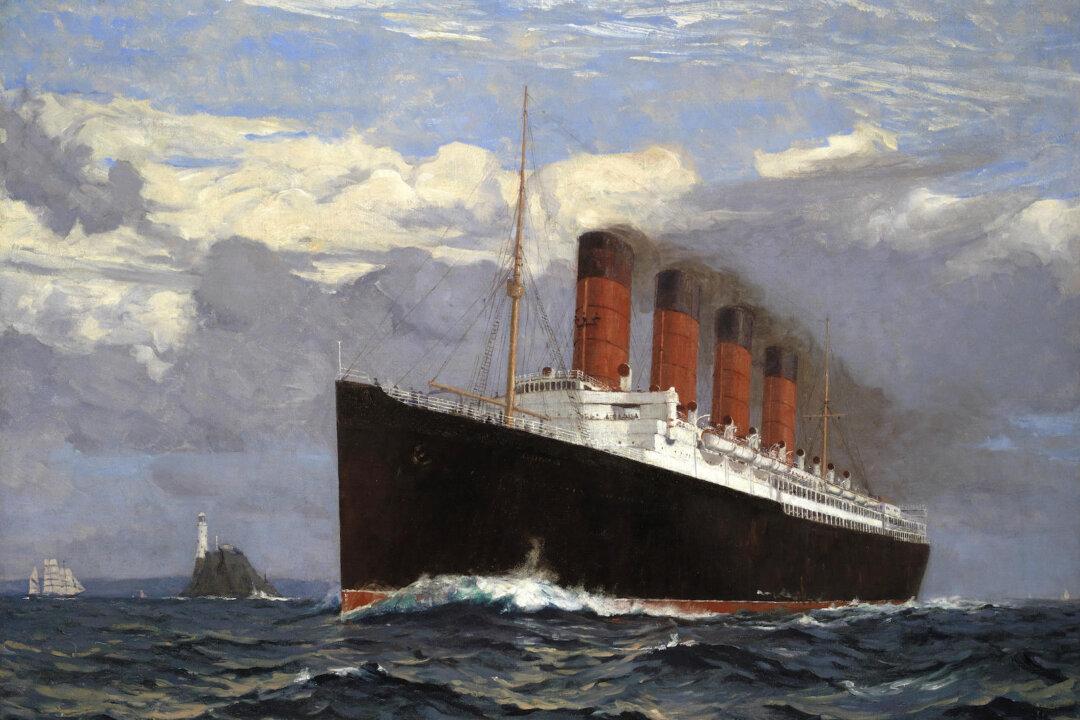Oliver Wendell Holmes Jr. served on the U.S. Supreme Court when several laws were passed that restricted freedom of speech. This was a time when people spoke against the government and its choice to go to war.
For years, the Supreme Court did not defend people’s right to free speech. Then Holmes came up with a test that would shape how the First Amendment would protect people from facing criminal charges when they violated laws regarding what could be said and printed.






